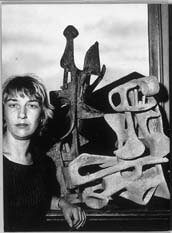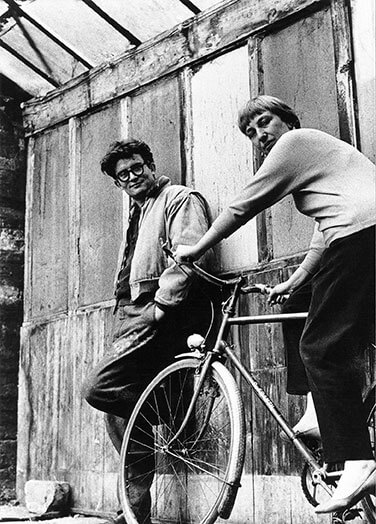Lotti van der Gaag was born as Charlotte van der Gaag on 18 December 1923 in The Hague. She was active as a sculptor and painter. Lotti attended the Hague Free Academy until 1949 and devoted herself almost entirely to sculpting. Besides sculpting and later also painting, she always kept drawing. She was never an official member of the Cobra movement, but because of her affinity with Cobra art, she was considered one of the experimentalists and exhibited with them. She shared a studio in Paris with Karel Appel and Corneille.

In 1948, before she became familiar with Cobra art, she spontaneously began sculpting strange and sometimes oppressive fantasy creatures in clay. Her terracotta reliefs in particular, with which she made her debut in 1949, and her drawings, reflect the Cobra myth through the primitivist slant of their subjects. Lotti’s oeuvre played a remarkable role in the informal, abstract-expressionist art of the post-1945 period because of its emphasis on raw matter breaking free from the natural form and its vital expression becoming an end in itself. Sometimes strange hybrids emerged between polygamous forms of plants and animals, which suddenly revealed themselves as birds of prey or forest spirits.

At the end of 1950 she left for Paris where she began to draw. Using Siberian chalk and thick, mostly black lines, she put childlike fantasy creatures on paper in a very powerful manner that referred to the large heads with strongly emphasised eyes in her sculptures from this period. Influenced by her Parisian teacher Ossip Zadkine, from the end of 1950 she “broke open” figures to allow space to enter the sculpture. Her sculptures evolved from small compact clay figures to more monumental constructions.

)